Digipak Forms and Conventions.
Destinie Girigari
Function of a Digipak.
The function of a digipak is to appeal to a target audience, and attract them to the digipak and purchase it. A digipak also helps to promote the artist, as it shows their particular theme/aesthetic, and therefore a certain fanbase would recognise.
A digipak has different panels which has to promote the album's image and also the artist's image. The outside panels help to interest the target audience and hopefully buy one. The inside panels are more personal for the artist, and can help the target audience to understand a particular artist, and then perhaps want to attend concerts and spend money on merchandise from that artist.
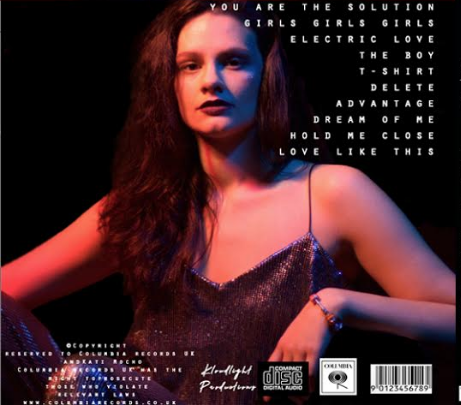
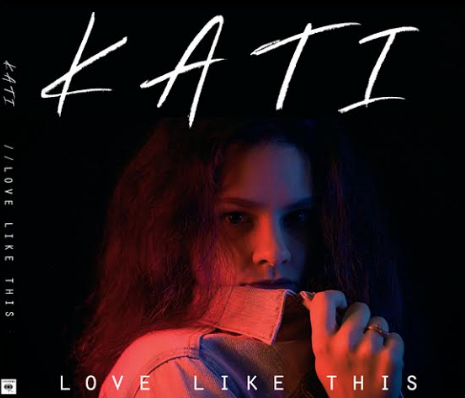


Our final digipak.
Eponymous Albums.
When doing research, of digipaks, it is seen to be conventional for album covers to be eponymous, which means that the album is named after that particular artist. Nowadays, not many albums are eponymous, but instead they have the name of the album as well as there name alongside it.
For our digipak, we decided to not use this convention as we wanted our album to have Kati's name alongside the title we chose for the album 'Love Like This' . As we thought that having both on our digipak, would make Kati much more memorable and recognisable by her album title.
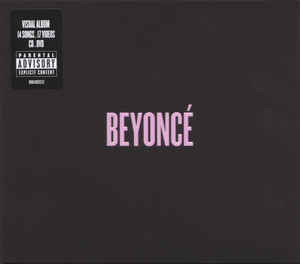
Examples of Eponymous Albums.

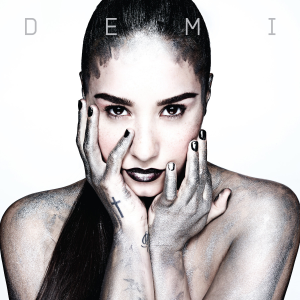
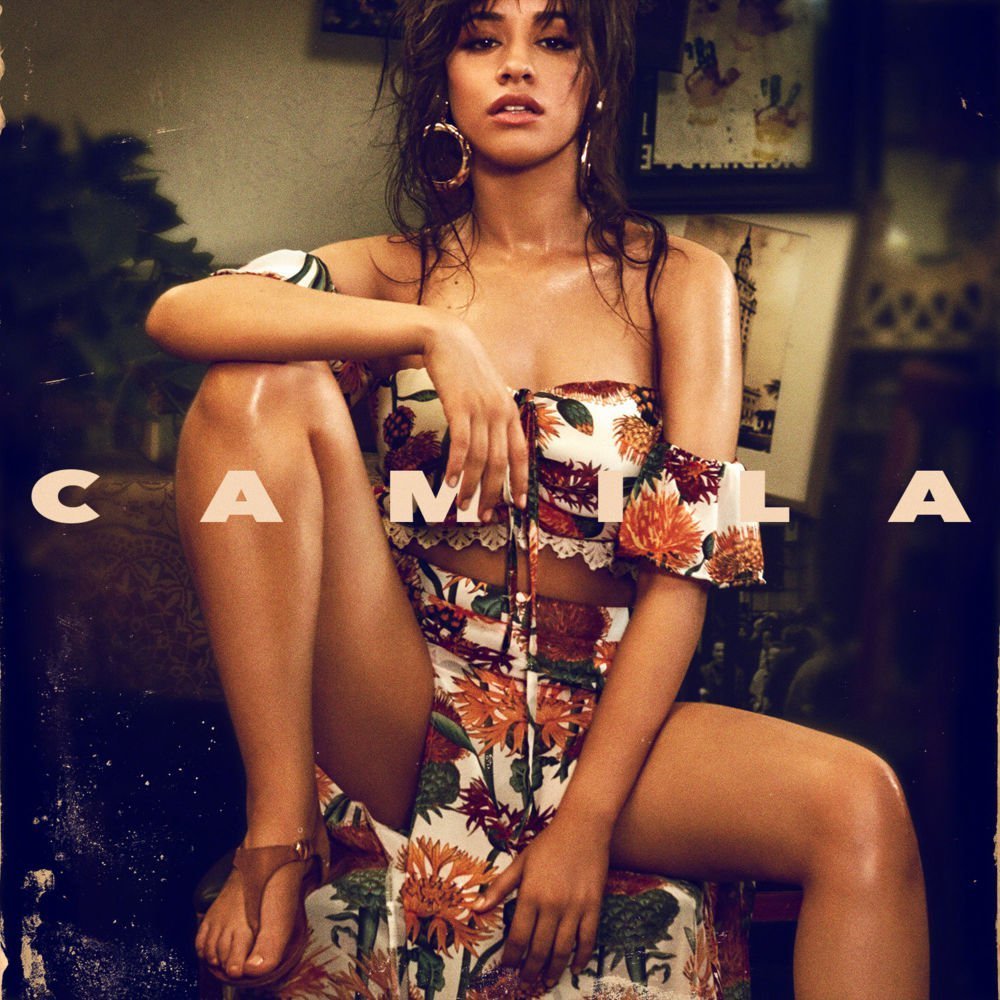

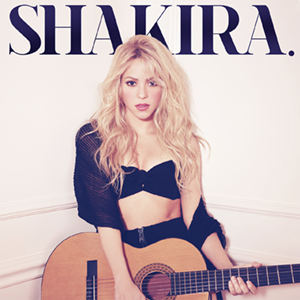
Debut Albums.
Another thing when researching into digipaks, was that debut albums are another convention of digipaks. Debut albums feature the image of an artist. This is because debut albums help to promote the artist, and help their target audience recognise who they are. This would allow the artist to be established as a brand, and express their unique and creative selling point to the target audience.
Many debut albums, have close-ups or mid close-ups of the artist. This would be the focal point for the digipak, and therefore the target audience would be able to know who the superstar is. Also, if the digipak is really attractive, it will attract the audience more, and appeal to them and then hopefully make them purchase the album. For our digipak, we chose to conform to this convention as this convention is very popular for digipak and helps promote and artist successfully. We made Kati [our artist] look straight into the camera, as if she is looking at her audience.
Examples of Debut Albums.



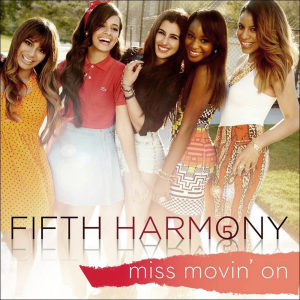
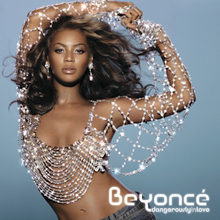
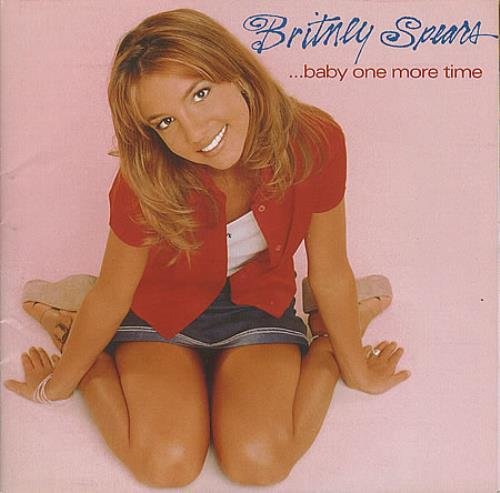
How we used conventions.

Debut albums are a really popular convention for digipaks. We have used this convention successfully as since this is our artist's first album, we made sure that her face was prominently displayed all over the digipak so her target audience would know who the artist is.
Shown in many debut albums and eponymous albums the photographs of the artist usually has a close-up or a mid-closeup to help bring attention on the artist. Also, many of the artists are shown to be looking straight through the camera making eye contact with the target audience. Which highlights a connection between the artist and audience. Therefore, in our digipak we chose to adhere to this convention as it would be a great selling point for our artist. Show in three of the panels, Kati is consistently gazing into the camera, and each of the shots are composed differently which adds dynamic to the digipak which would attract Kati's target audience much more.
Mid-close up.
Close up.
Extreme close up.
Also, another convention we used was the display of the digipak. As in majority of digipaks the front and the back panels are the most significant ones to help promote the artist, and attract their target audience to buying their album. As the front and back panels are the ones a viewer sees first it is key to make sure that the photographs at the front is professional looking, aesthetically pleasing and also gives the personality of the artist.
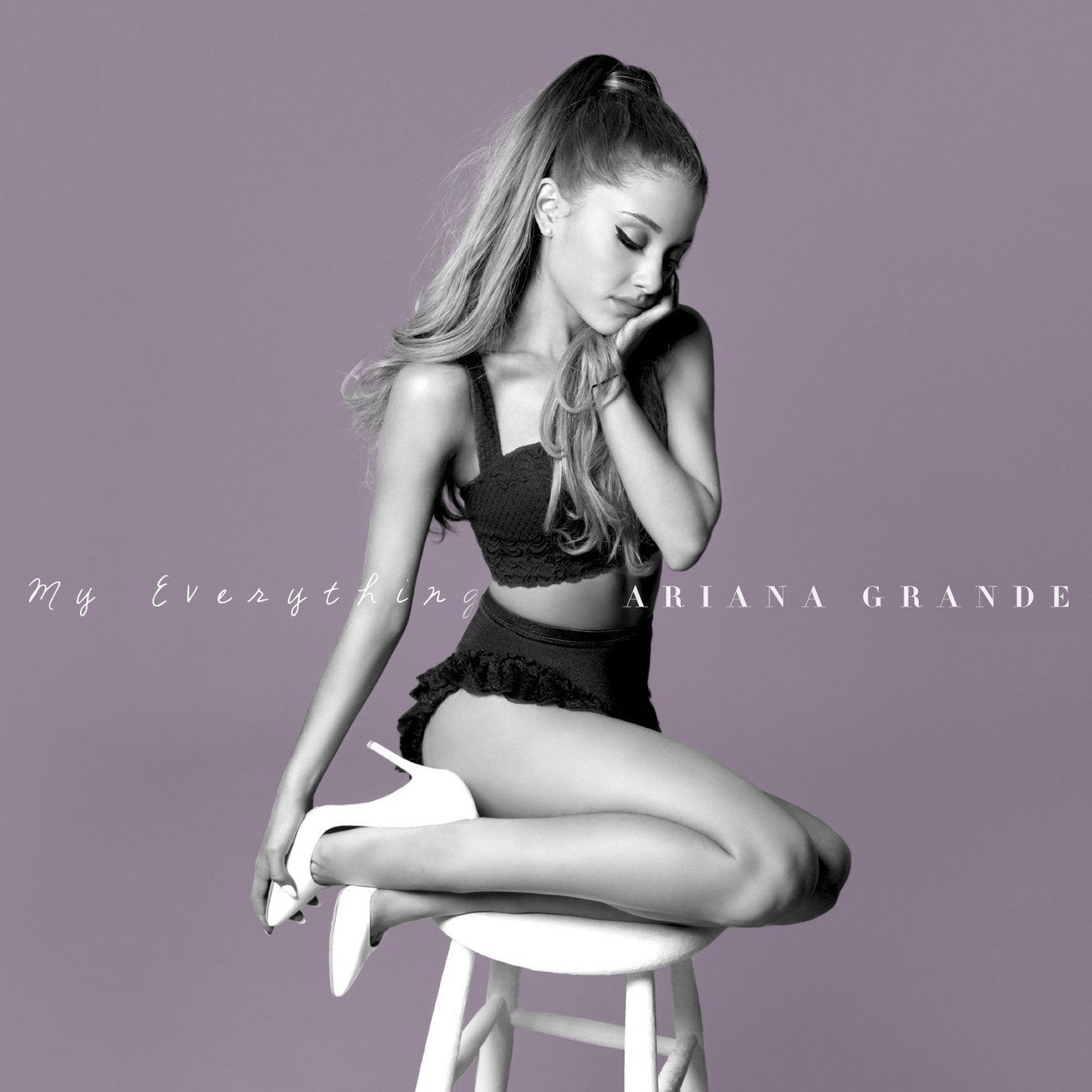

An example of Ariana Grande's album "My Everything".

Here is the example of the front and back of our digipak.
Conventions we used II.
Another way we had used conventions of digipaks is through by including the name of our music production company, a barcode, copy right legalities, names of all the songs on the album and also the logo of the record label.
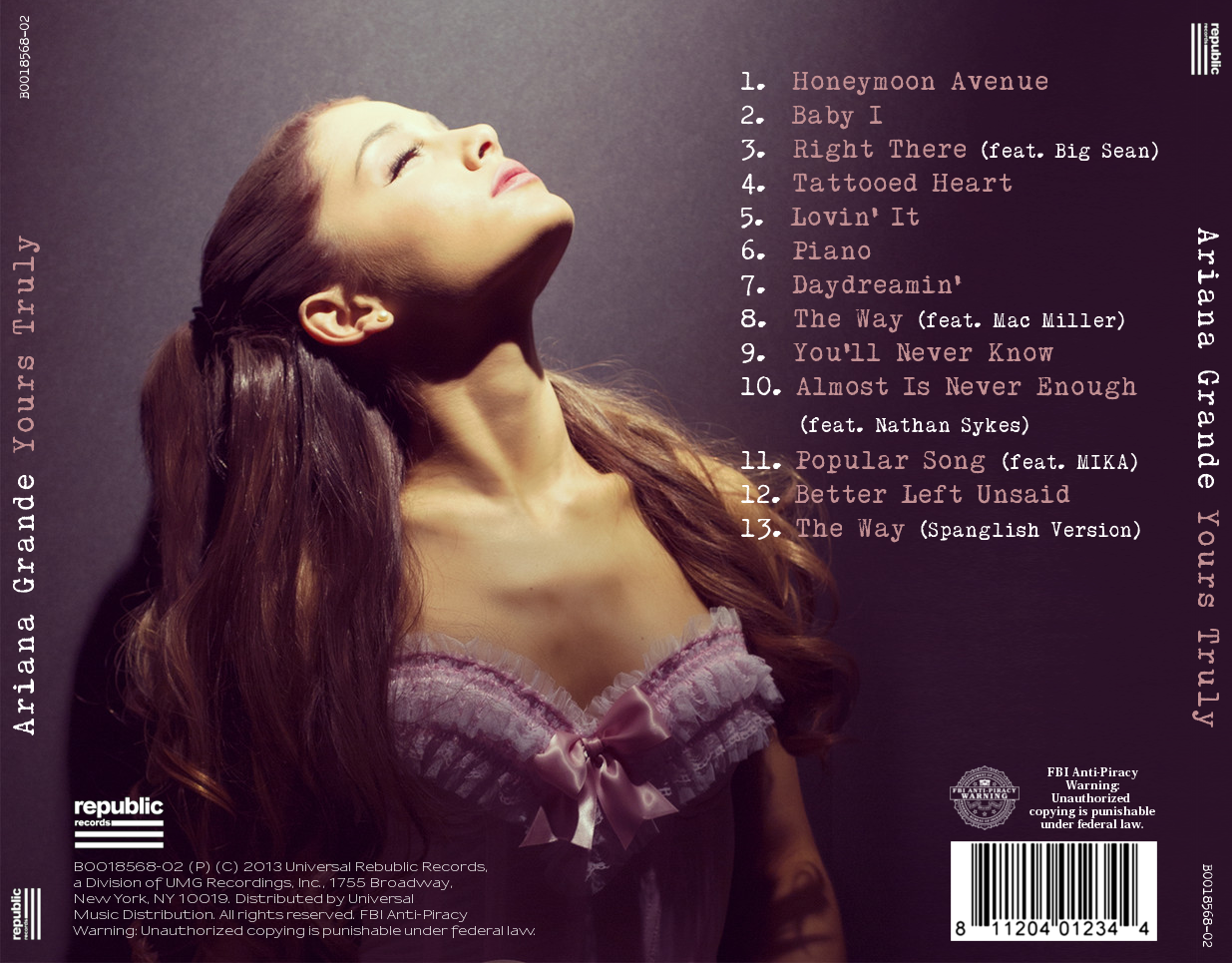
List of songs on album.
Barcode.
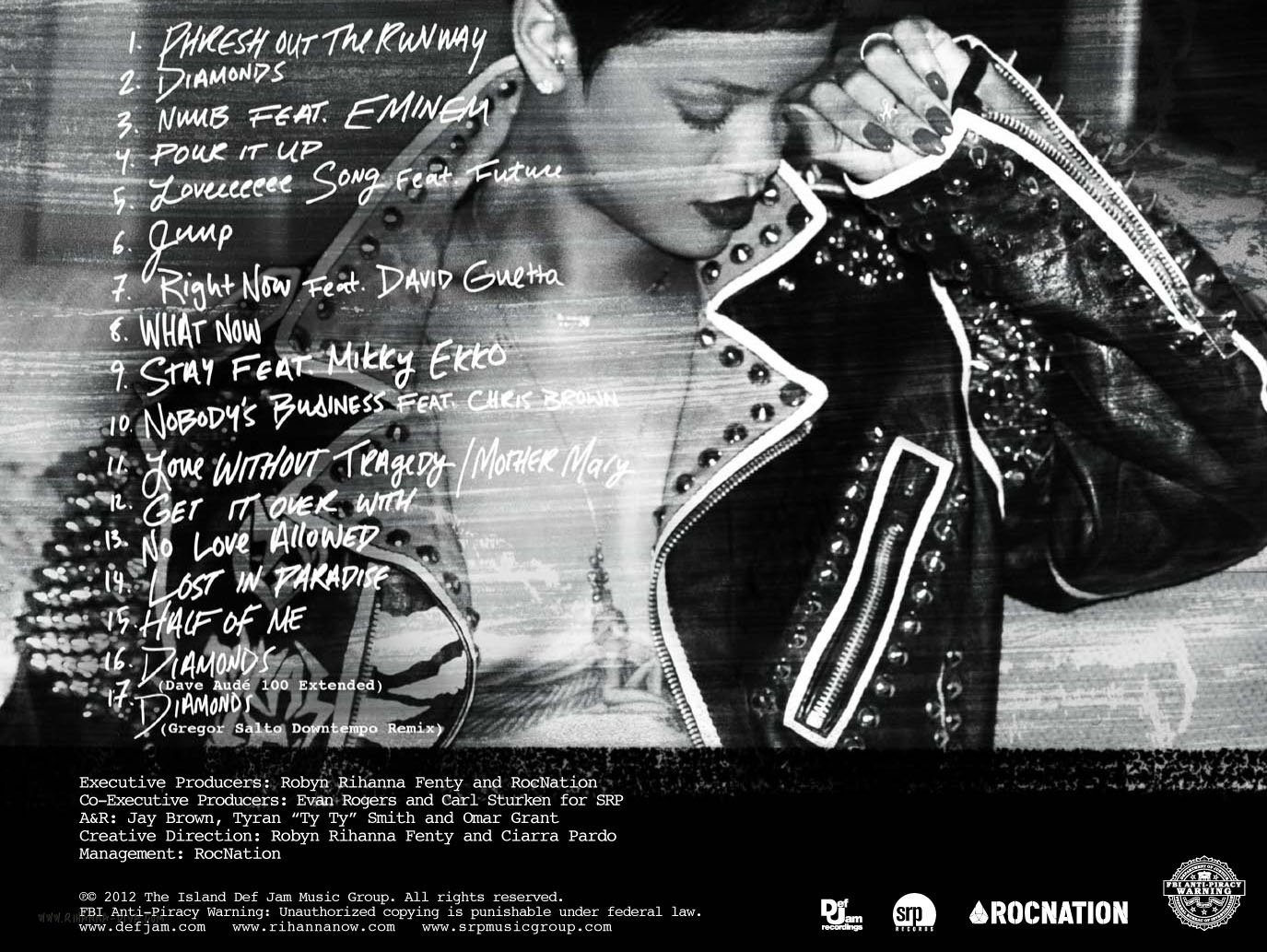
Copyright legalities.
Logos of record label.
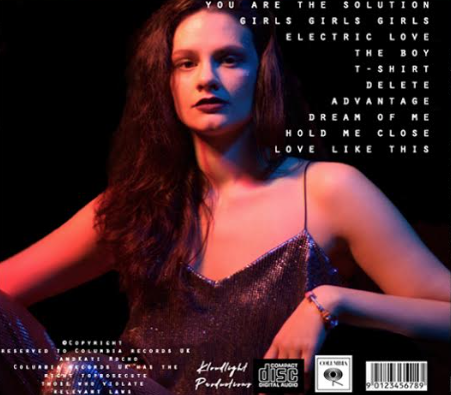
Here is our back panel of our digipak, with the features that digipaks have.
List of songs.
Logos of record labels.
Barcode
Copyright Legalities
Developing conventions.
We developed conventions of digipaks by having Kati's [our artist] website included within the digipak, on the third panel. We added the Kati's website along with a hashtag and the name of the album 'Love Like This'. Not many albums add this to their digipacks, which therefore shows that we decided to go further with what should be feature within digipaks. Two examples I found were from Taylor Swift and Beyonce that include their website on their digipaks.
Website address.
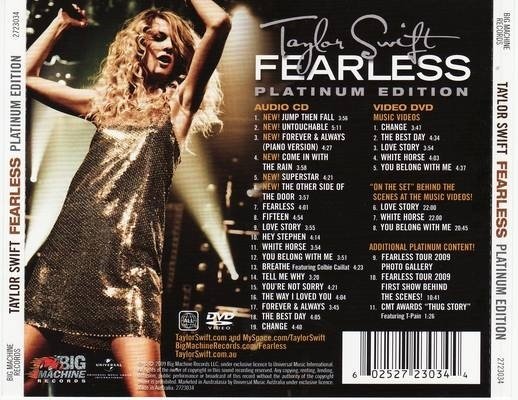
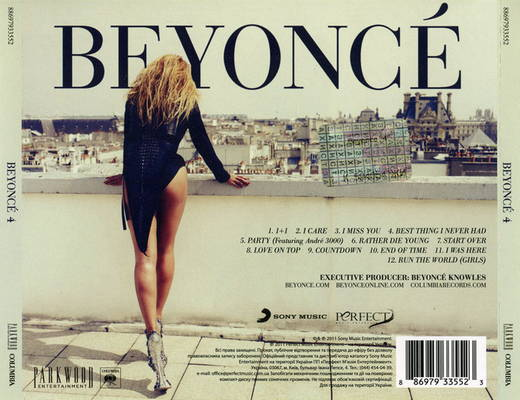
Website address.
Example of what our digipak has. In both examples I used where the website is included is at the back of the digipak. Whereas ours is placed inside of the digipak, shows that we are trying to be authentic and subvert away from some typical conventions, as well as developing them. Also, the use of having the website included within the digipak can allow the target audience to have easy access to have more information on our artist.
The use of the adding the album name with a hashtag can imply that Kati is rather trendy as hashtags are used world widely on a range of social medias, e.g.. Twitter, Facebook, YouTube etc. So by us adding the hashtag symbol can suggest that our artist is very contemporary, and loves to portray a young and fun side to her which will once again appeal to her target audience, also it can be used as a great marketing strategy to promote her album.

Hashtag with album name.
Website address.
Challenging Conventions.
Some digipaks use the faces of an artist for majority of the panels which can be really good as the target audience will always be able to recognise the face of the artist. However, sometimes it can be overwhelming. So therefore, we decided that we would subvert against this convention of digipaks.
Down below is a few examples of digipaks that feature the face of an artist on every panel.
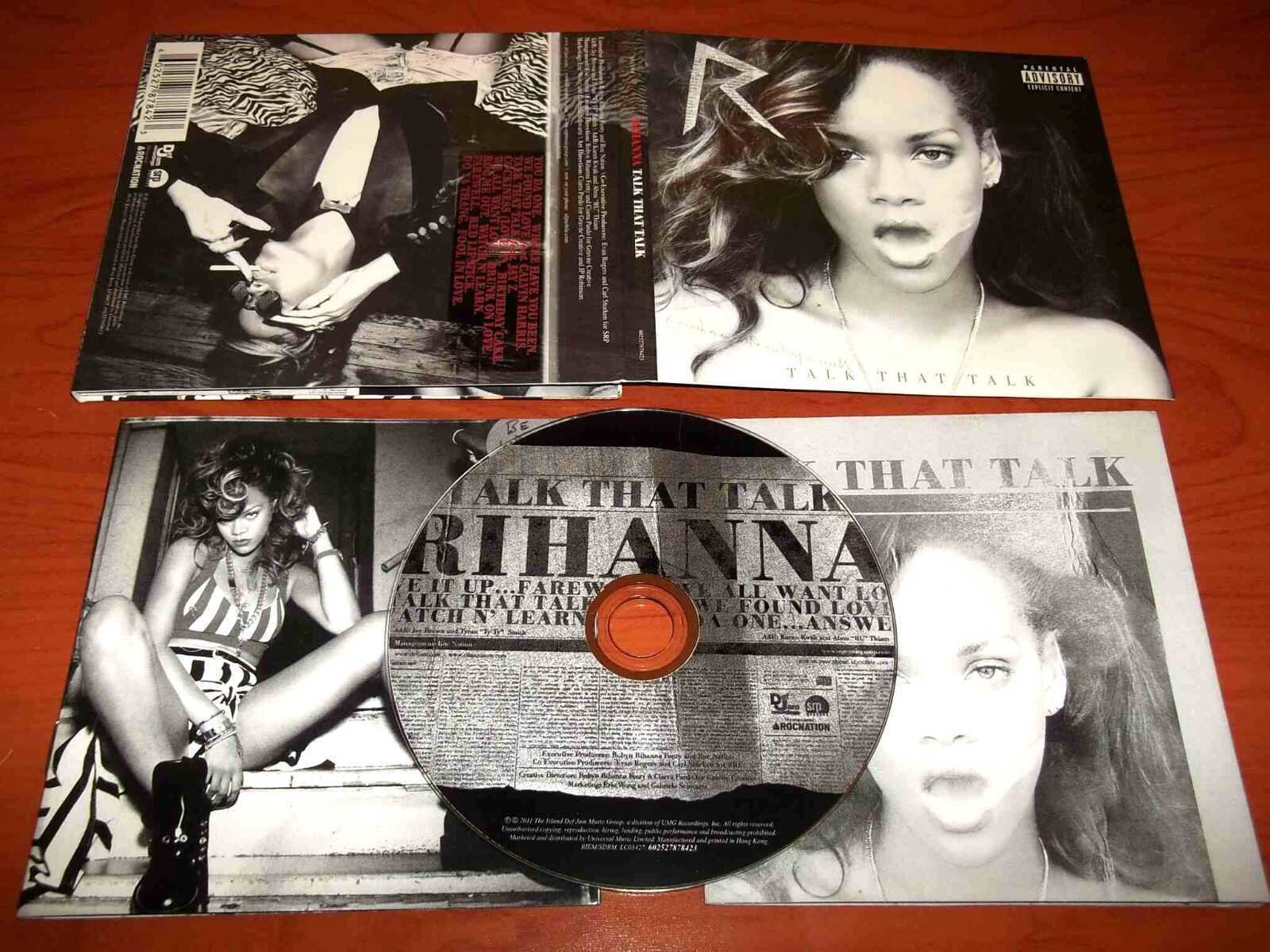
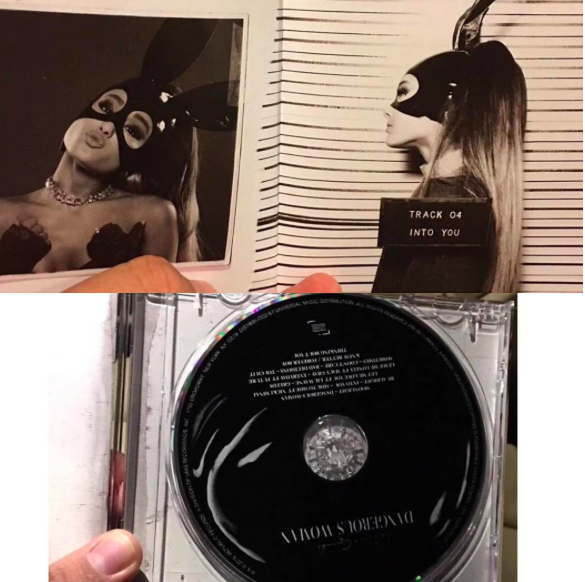
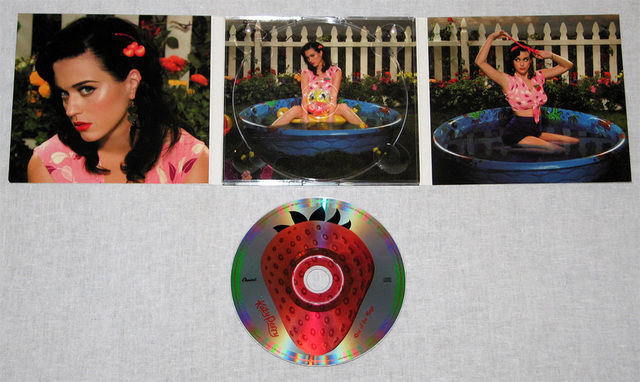
Here in these three examples from Rihanna, Ariana Grande and Katy Perry's digipak, inside has there faces prominently shown throughout. However, on the actual CD they choose not to use their faces, however instead something have something that relates to their album.
Challenging Conventions II
On our digipak [spoken about in previous slide], we decided that not every panel should have Kati's face on it. Instead, we put her face on the CD which shows, we are subverting against digipack designs that most pop genres have, also the use of Kati's face on the CD shows that she's the centre, and has the star image which will attract her target audience in even further . Our third panel on our digipack has a neon orange/red coloured rose on it surrounded in a dark background. The use of the heart adds emotion within the album, which we thought was even more better and more effective for our marketing and promotional technique, as this rose symbolises love - and this album that our artist made is about love. Therefore, this would help our target audience understand the meaning of our artist's album even further and in more depth.


